Gabriela Bulisova & Mark Isaac
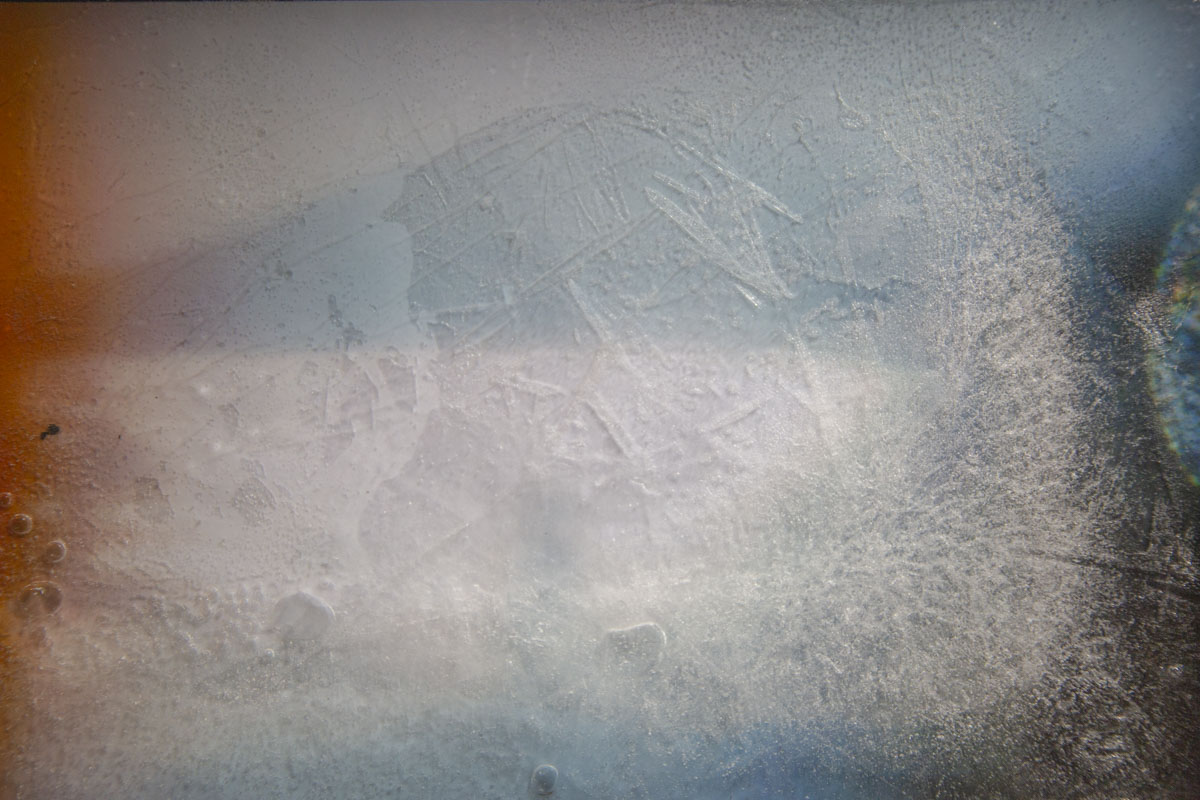

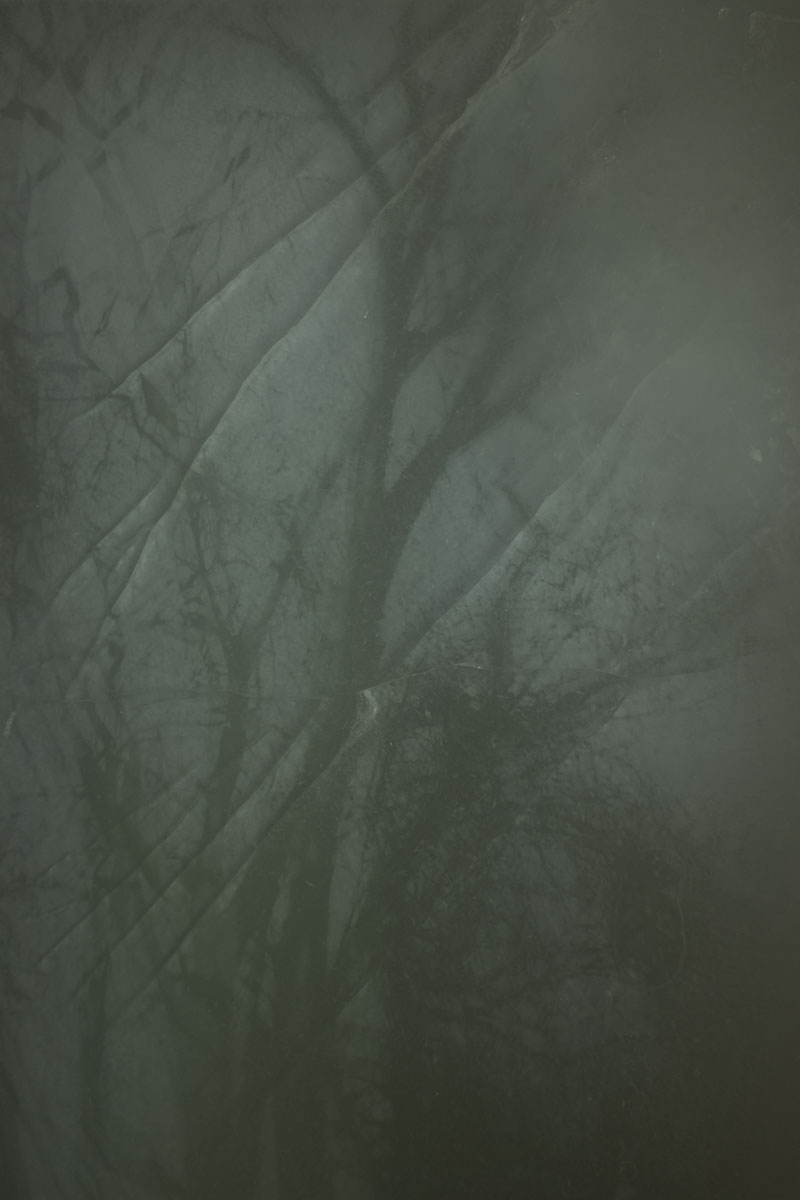
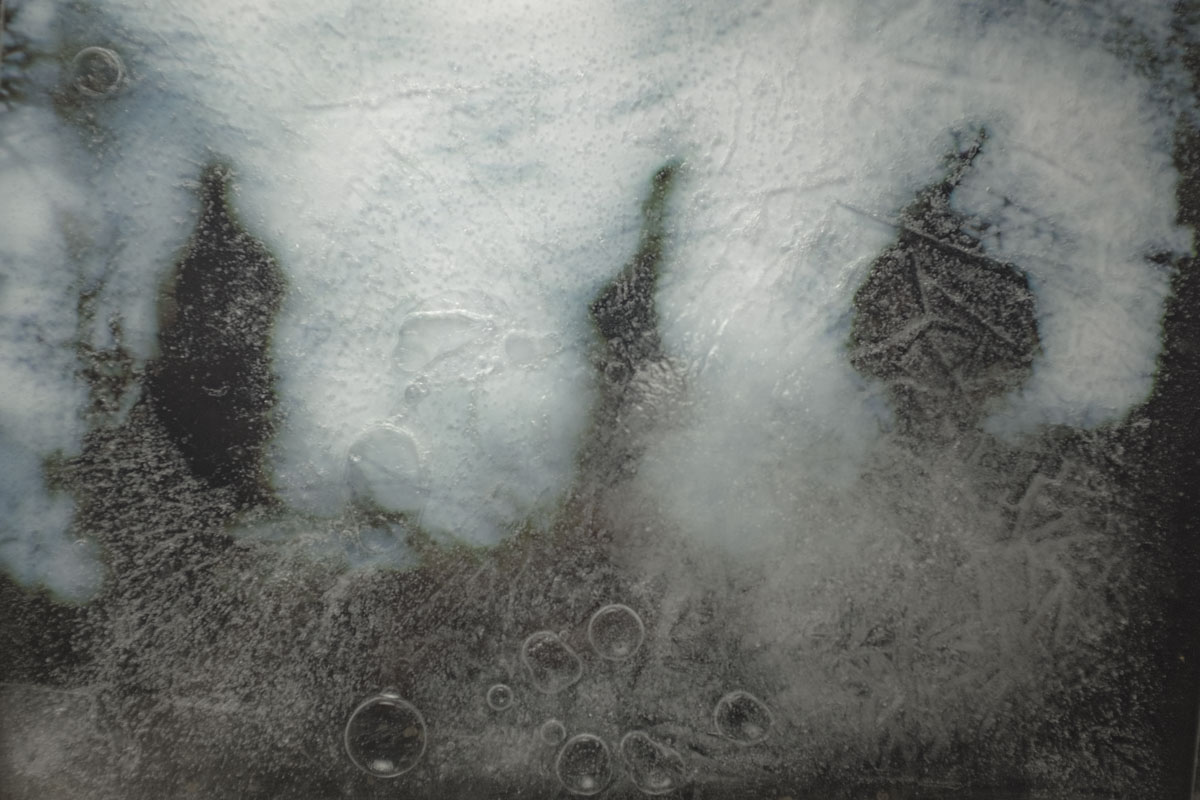
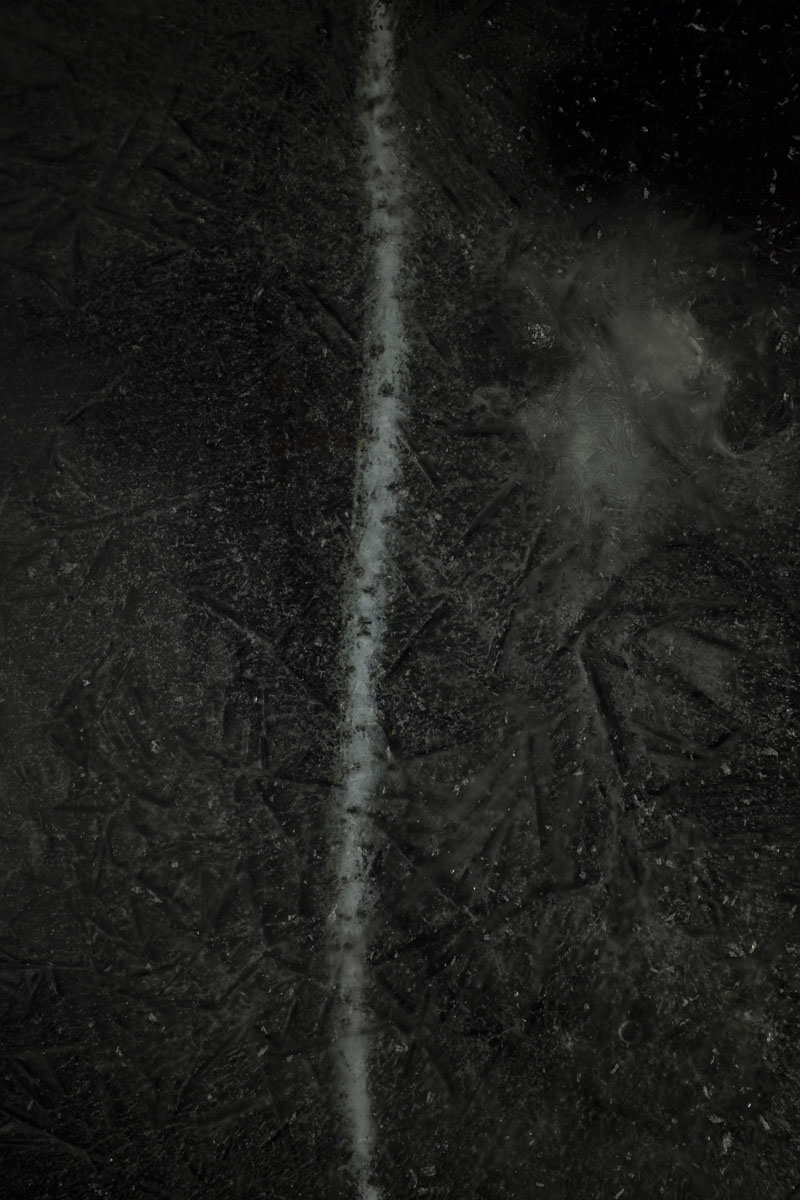
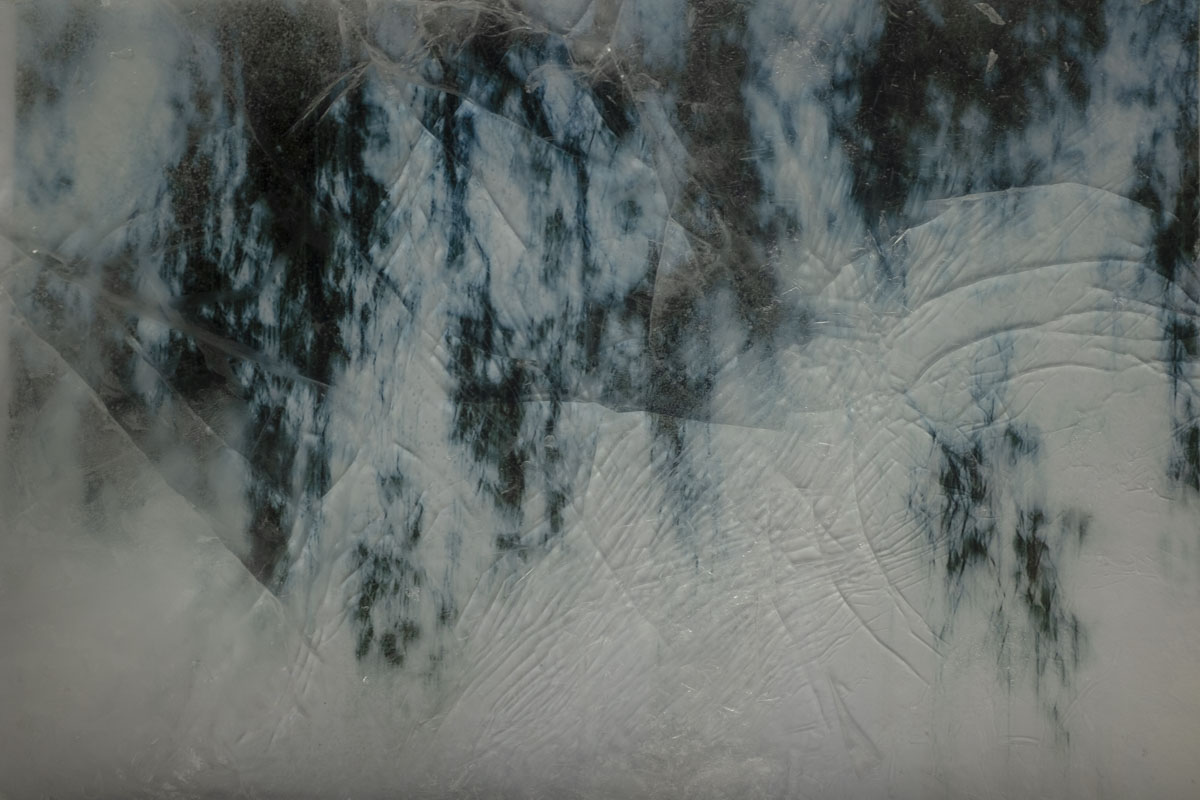
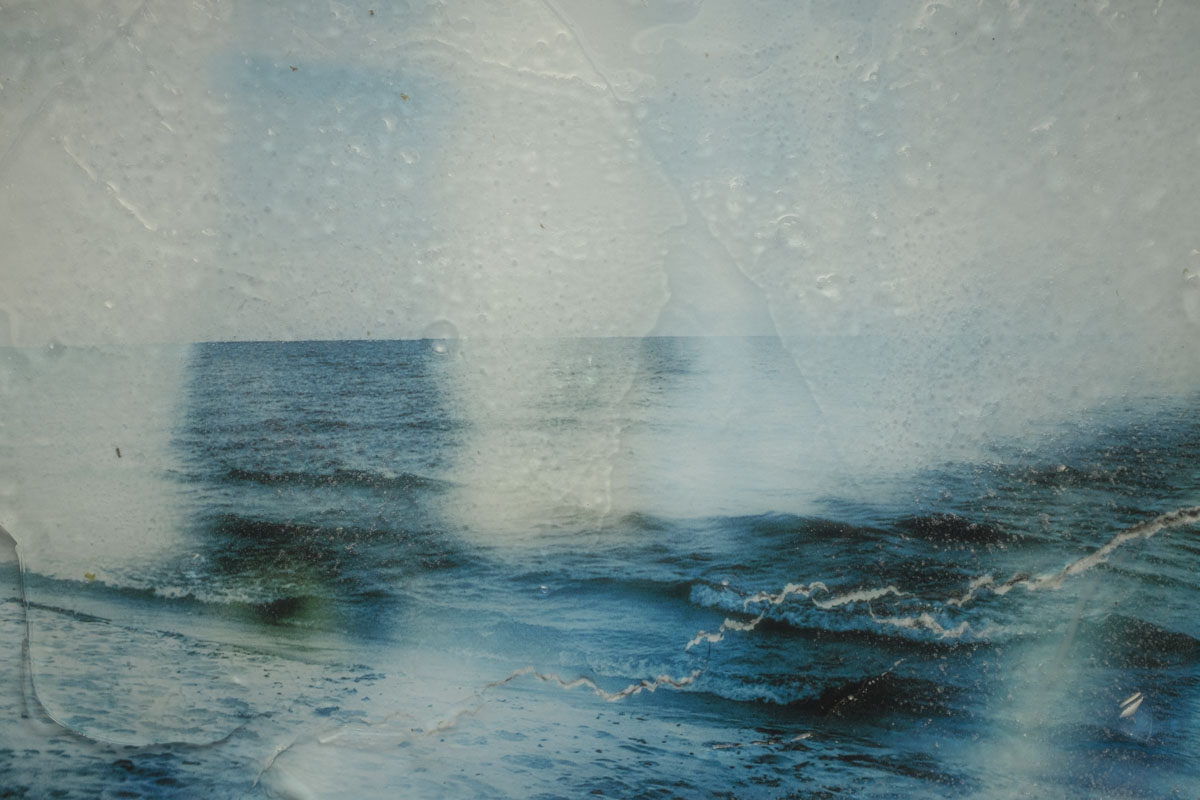
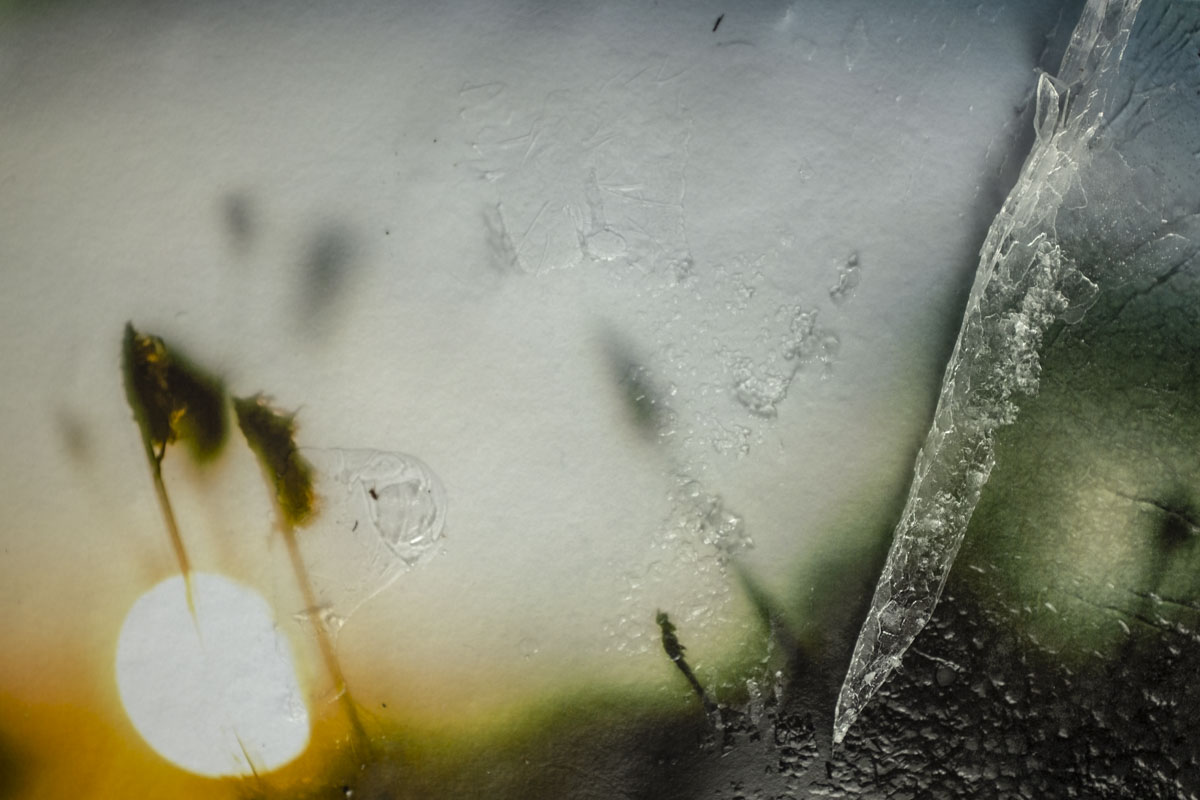
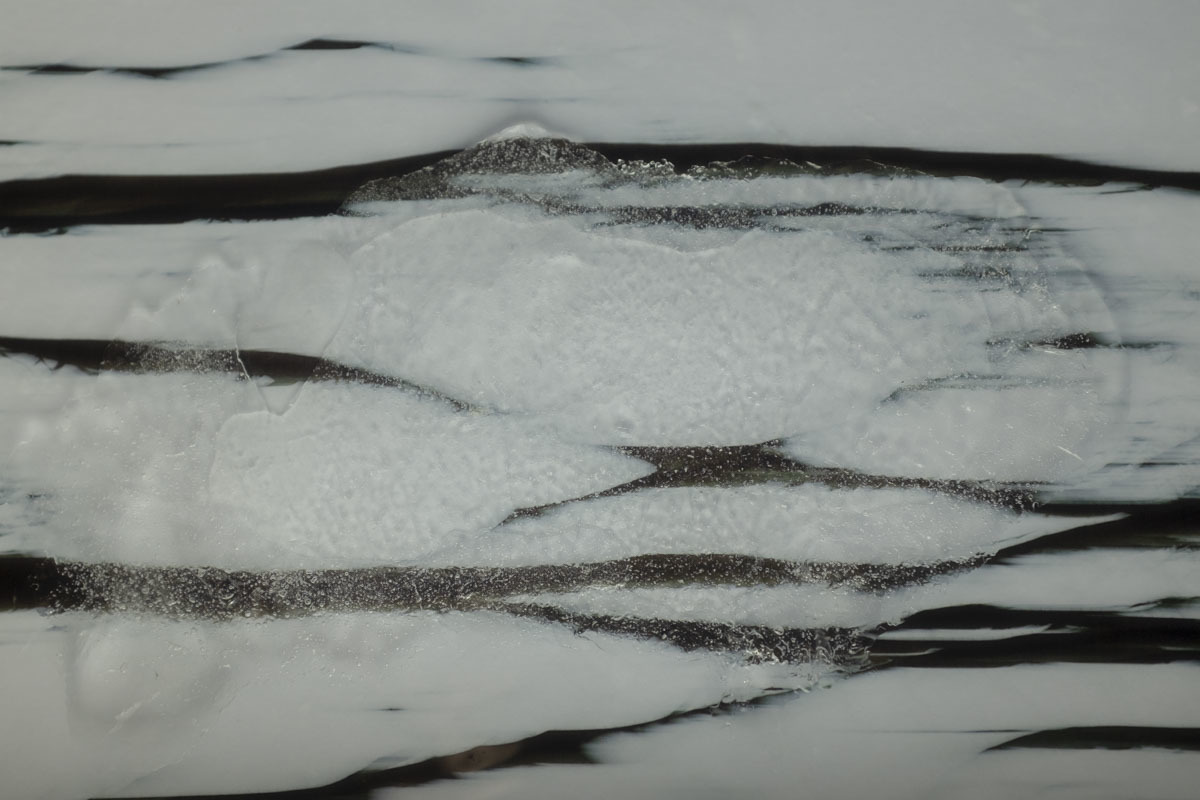
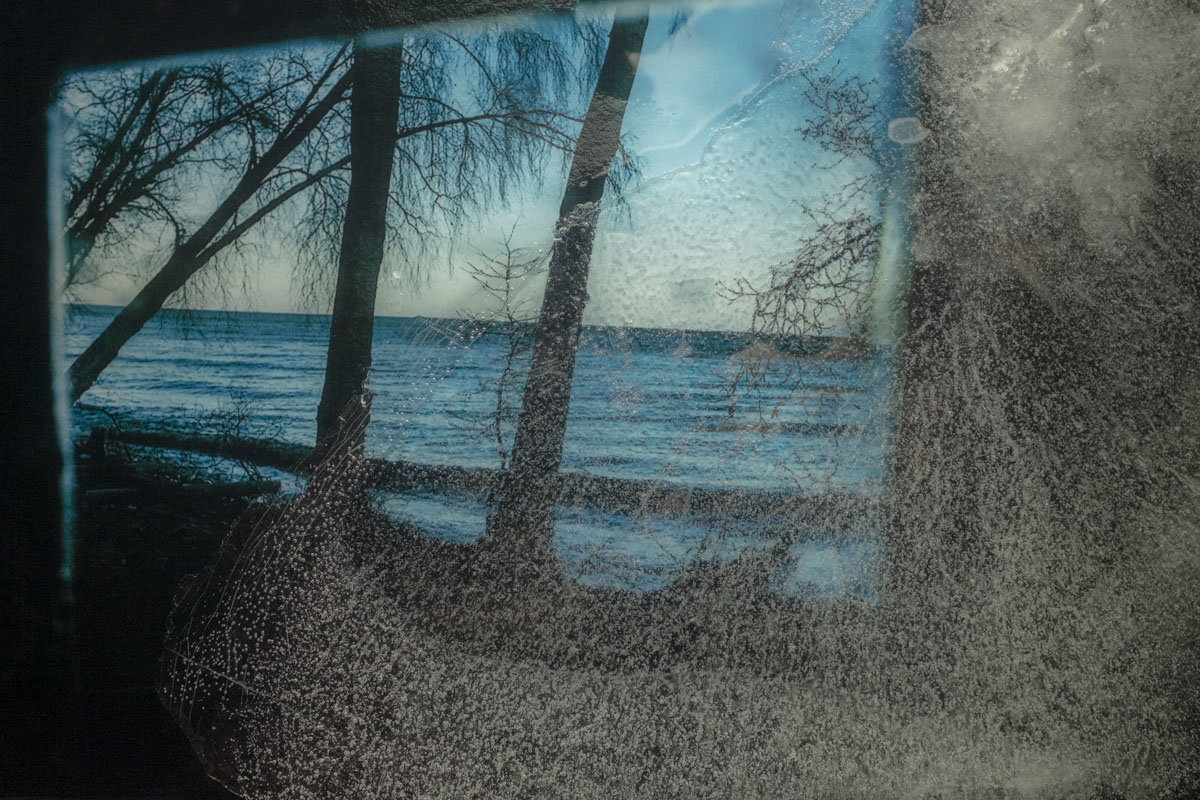
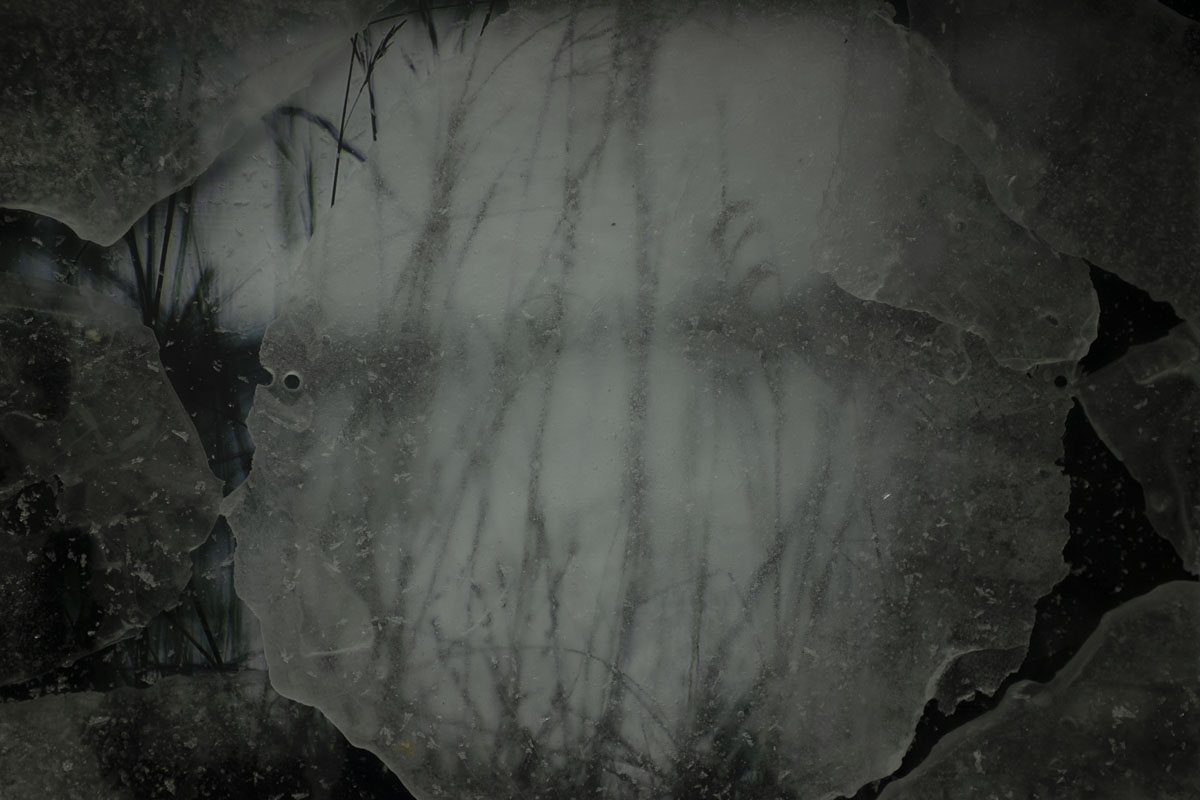
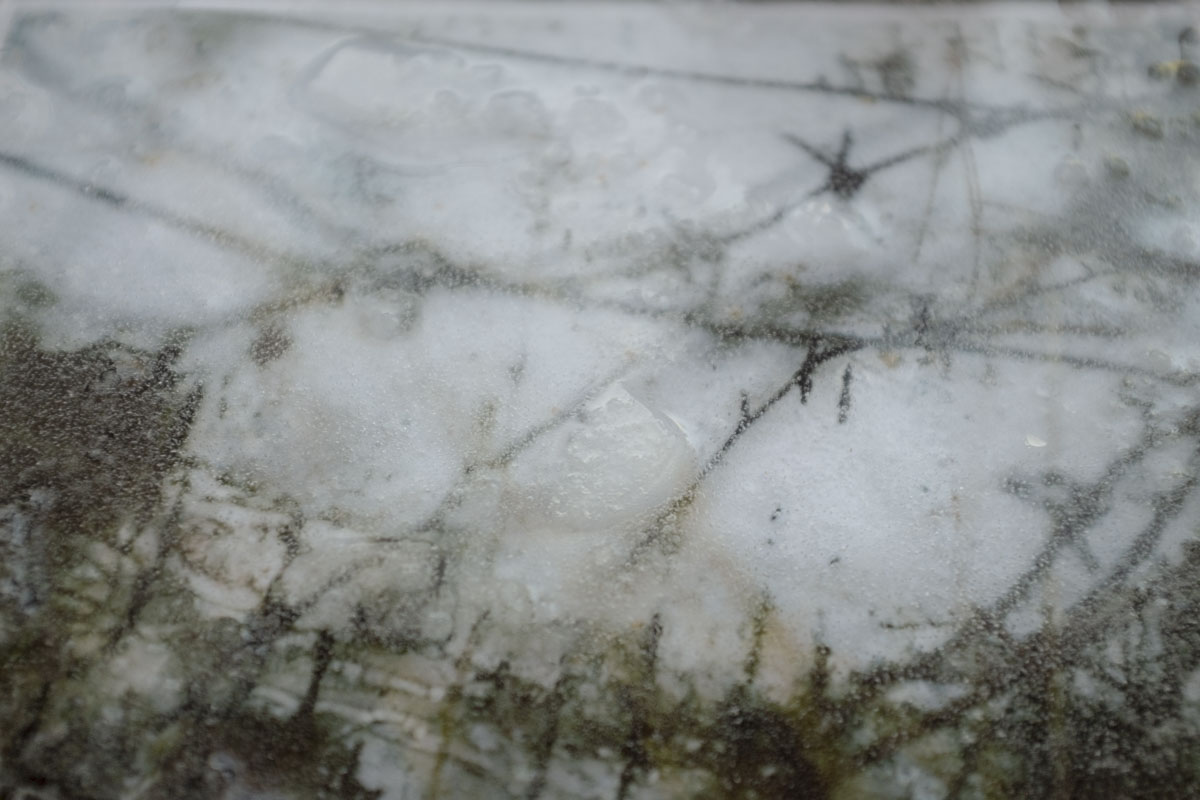
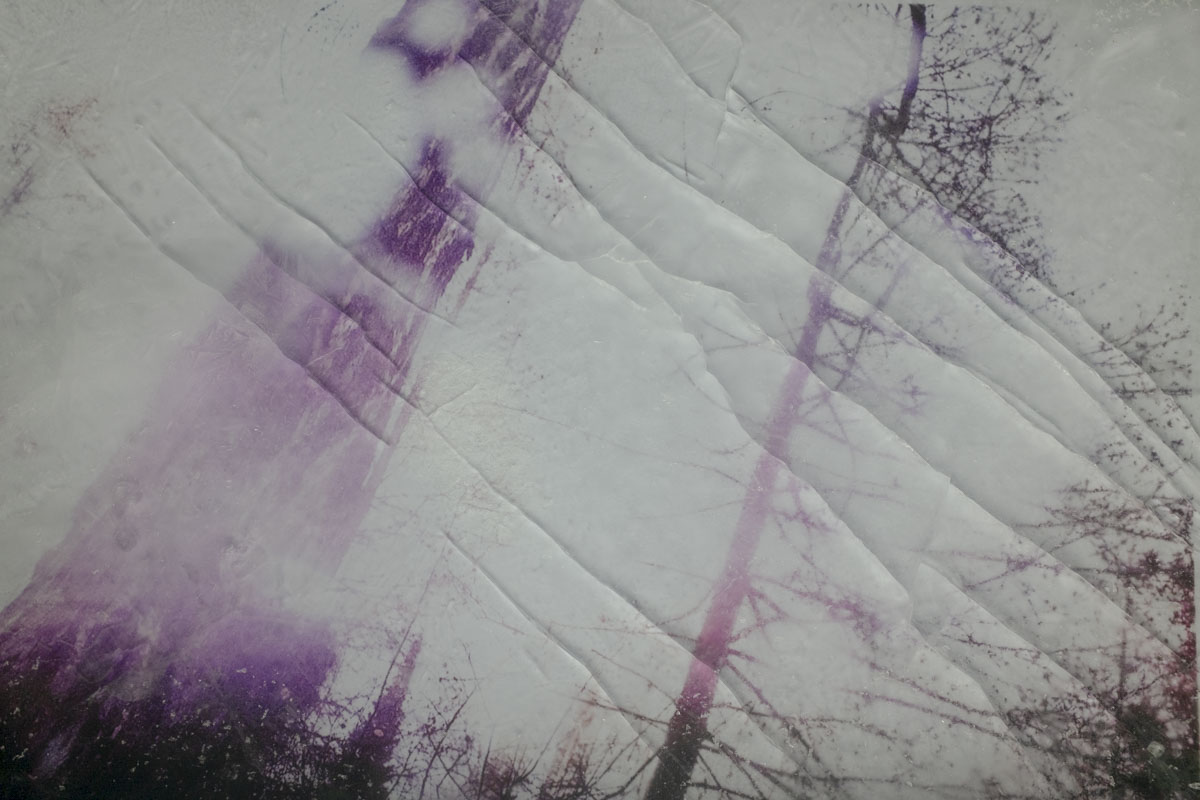
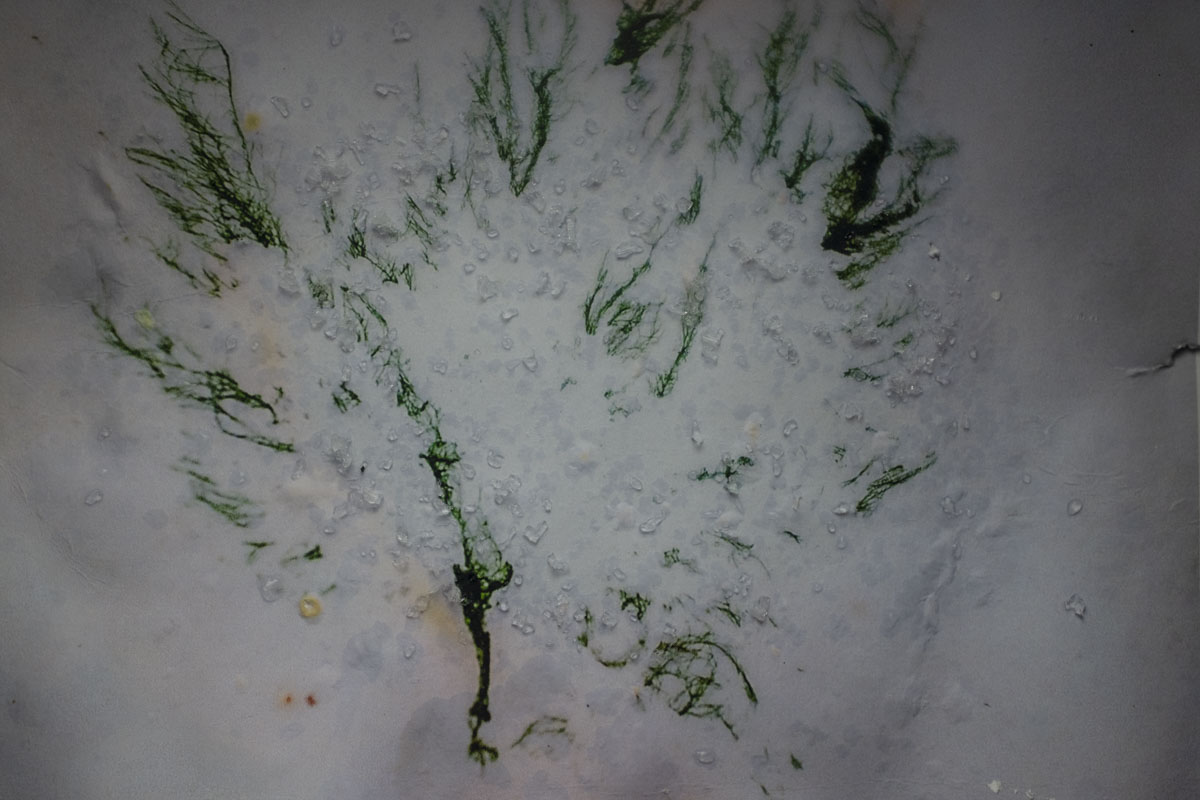
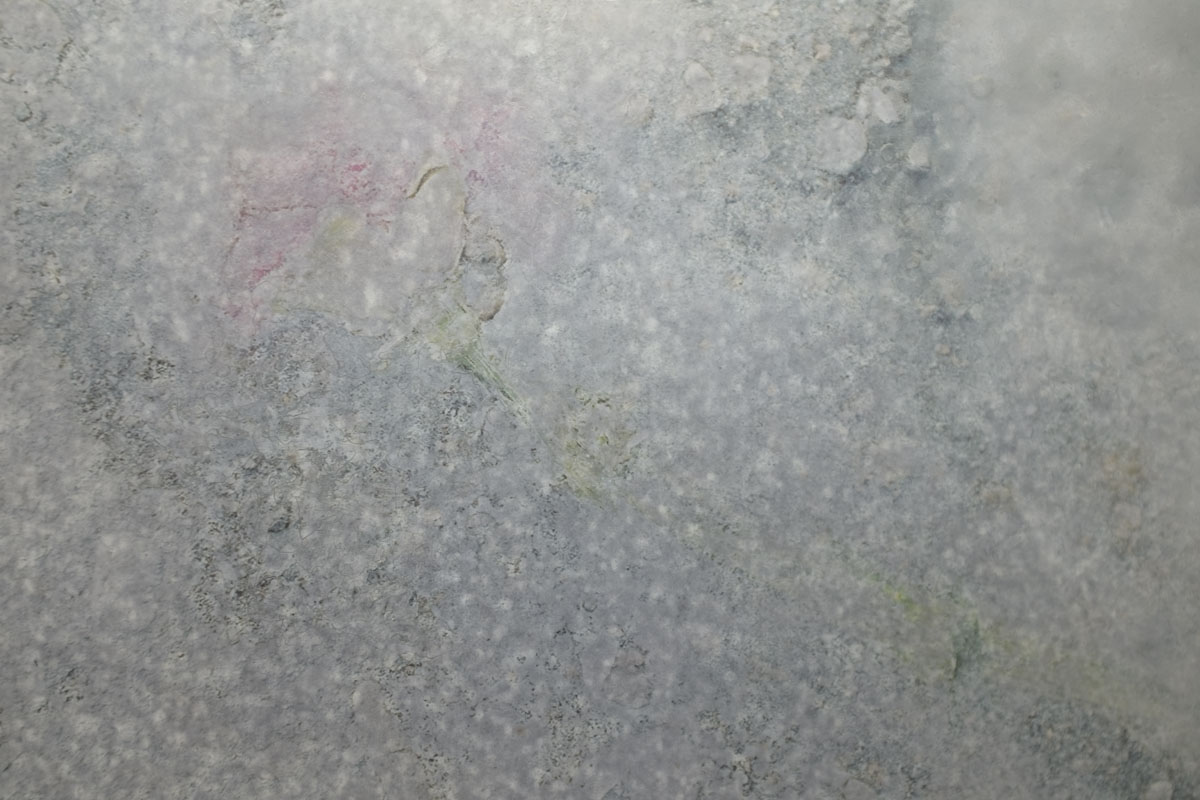
We made it through the Siberian winter.
It snowed today and it’s not exactly lovely yet outside. But with the vernal equinox upon us, we can look forward to temperatures that are much warmer than before.
We’ve resisted a post about how cold it is in Siberia, since that’s the biggest cliche about the Far East. But Siberia is cold -- even here in the South, not too far from the Mongolian border. And if you have any aspirations of visiting here, or another place that’s as frigid, we have some insights to offer.
The first thing that locals will tell you is that Siberians are not people who are used to the cold. Instead, they are people who know how to dress well. You don’t necessarily need the highest tech gear, or the most expensive. You need many thermal layers. You need heavy coats that cover as much of your legs as possible. Kidneys are a sensitive spot -- keep them as snuggly as possible. You need very warm boots and several layers of socks. The locals swear by “unti,” boots made from reindeer fur that are allegedly the warmest around. We couldn’t bear the thought of harming a reindeer, so we bought very expensive European boots that were still somewhat problematic on long hikes.
You need mittens -- they’re much warmer than gloves. Unless you need to operate a camera, in which case you are really in a quandary. Bare hands last only moments in serious “moroz” (literally, frost, but Russians use this word to denote temperatures of -20 Celsius or lower). Thin gloves allow some mobility but are little better than bare hands. Thick gloves remove most ability to reach camera controls, and mittens eliminate it completely. There’s no good solution, and often we found ourselves pulling off most hand coverings, shooting briefly, and then balling our aching hands inside our mittens to restore circulation and slowly ease the pain.
You need to cover your face during moroz. The first time Mark walked around in -25 Celsius without covering his face, a woman said, “You need to touch your nose.” He thought his nose was dripping. But that’s not what she meant. She could see, by its white color, that his nose was starting to get frostbite. Russians avoid this literally by putting their mittens or gloves on their nose to warm them. A better way is to cover your face with a scarf, a ski mask, or a balaclava. The problem is that the balaclava is soon moist and then frozen from your breath. This is how we got the icicles on our eyes that we featured in our popular holiday card.
Everything that is exposed during the worst cold will hurt, especially eyes. They may drip like a faucet, a way of expressing severe distress. But it is not only what is exposed that may suffer from the cold. Along with many locals, we experienced a form of “winter psoriasis,” or red, dry and peeling skin that results from the extreme temperatures, even in places that were covered. Our friend even developed hives on her face. While there’s some winter cream for babies you can spread on your suffering skin, it’s more of a placebo than anything else. True relief comes only from warmer weather.
The worst cold we experienced all winter was in December in Buguldeyka, a village near the Lake. Not only did temperatures drop to -40 Celsius at night, but a stiff wind was blowing the whole time we were there. During the day, the gale threatened to topple us from the hills right into the water, and a two to three hour hike proved to be the outside limit of what we could endure. At night, we huddled near a very toasty Russian pechka, or wood-burning stove, so we kept quite warm. But even a quick visit to the outhouse was an ordeal and forthrightly dangerous for sensitive skin. Beware.
We realize that, so far as Siberian winters go, we were spared the worst. There was very little snow compared to last year, when plows couldn’t keep up with it. And while we did experience serious moroz, temperatures were among the warmest in memory in February. This is consistent with the growing body of evidence suggesting that Siberia is warming much more rapidly than most places on the planet.
Lake Baikal is home to one of the longest running environmental monitoring programs in the world. A leading scientist, Mikhail Khozhov, began the program in 1945. He was first assisted by his daughter, Olga Khozhova, and then his granddaughter, Lyubov Izmest’eva. Now the Biology Institute of Irkutsk State University maintains the program, routinely logging temperatures and other critical statistics.
These data show incontrovertibly that temperatures are changing over time. As far back as 2008, a major paper by Russian and international scientists, using the Khozhov’s data, concluded that water temperatures in Lake Baikal had increased 1.2 degrees Celsius since 1945, with corresponding changes in the Lake’s plant and animal life -- dramatic increases in chlorophyll and “cladocerans,” or miniscule crustaceans commonly called “water fleas.”
In 2009, scientists predicted that Baikal will become “warmer and wetter” by the end of the century, significantly affecting the amount of ice cover. In turn, the changes in ice cover will likely affect the entire ecosystem, from small diatoms (single-celled algae) that feed the Lake to the world’s only true freshwater seal, the nerpa. As we noted in our last post, nerpas rely on ice cover to safely raise their pups. And the entire food chain relies on ice -- and the transparency of that ice -- that is diminishing now in response to climate change. Melting permafrost in surrounding mountains is likely to worsen existing problems with industrial pollution and eutrophication (the increase in nutrients from detergents, fertilizers, and sewage from tourism sites).
A major 2016 study confirmed the trend. Scientists found that surface water temperatures have increase a full 2 degrees Celsius Lake-wide between 1977 and 2003. As a result, populations of non-native, warm-water organisms increased dramatically. Luckily, the study showed that populations of native, cold-water organisms remain stable, and dangerous nutrient loading is restricted to coastal waters. In 2018, another major study reinforced some of the positives. By analyzing the remains of diatoms in the sediment on the Lake’s floor, scientists found that damaging effects of warming over the past 20 years are thus far restricted to the South basin, despite significantly reduced ice cover throughout the Lake.
The title of this post, “A Note on Temperature,” embodies the inspiration for one of our ongoing projects: we’re plotting compelling scientific data as musical notes to create compositions that musically express the Lake’s ecological status. In recent years, a team of scientists led by Maxim Timofeyev at Irkutsk State University has focused extensively on the impact of temperature changes on the Lake’s native and non-native amphipods, or crustaceans, which are absolutely critical to the Lake’s health. This latest composition draws on data from one of their recent studies, showing that amphipods undergo severe stress when subjected to changing temperatures.
In this work-in-progress, “Izmir Ambience” represents the stress response of native amphipod Eulimnogammarus verrucosus, “Reflective Strings” represents the stress response of endemic amphipod Ommatogammarus flavus, and “Nylon Shimmer” represents the reaction to changing temperatures of non-native amphipod Gammarus lacustris. Higher notes for each electronic “instrument” in the composition represent increased stress response among the delicate and beautiful crustaceans.
The upshot of all these studies? Baikal faces real danger, but unlike many other bodies of water around the world, it is not too late. There is still time to reduce nutrient inputs and pollution, and to prevent the worst effects of climate change.
Our own data show that two American artists and researchers can survive the Siberian winter (and capture some photos and videos without too much frost nip). But the reality is that we cheated a bit. Rapid warming in Siberia likely made the ordeal more tolerable. And our small victory hints at a major defeat unless rapid action is taken.
There is a prominent bright spot. Russian and international scientists and ecologists are fighting to be heard -- and fighting for change. Russia has the unique opportunity to stand out -- as the place where the worst damage to one of the world’s most precious bodies of water was avoided.
We can all drink to that -- voda, not vodka -- a clear, fresh glass of pristine Baikal water. That’s still possible to find, at least in most places on the Lake.
Images in this blog post were captured at Lake Baikal, frozen in ice, and then rephotographed.

